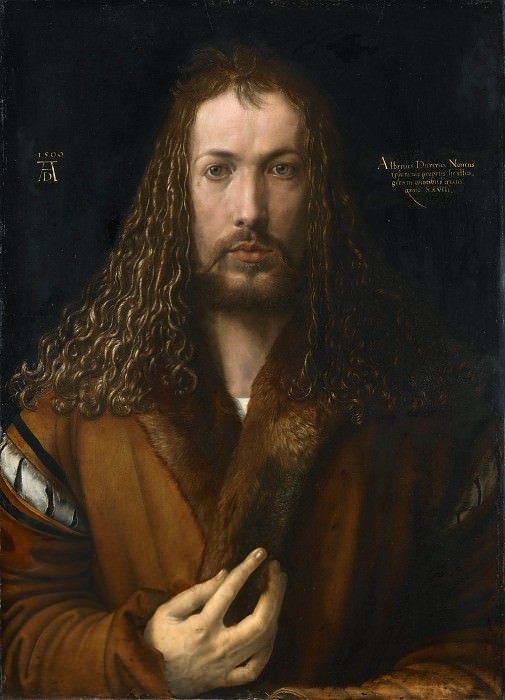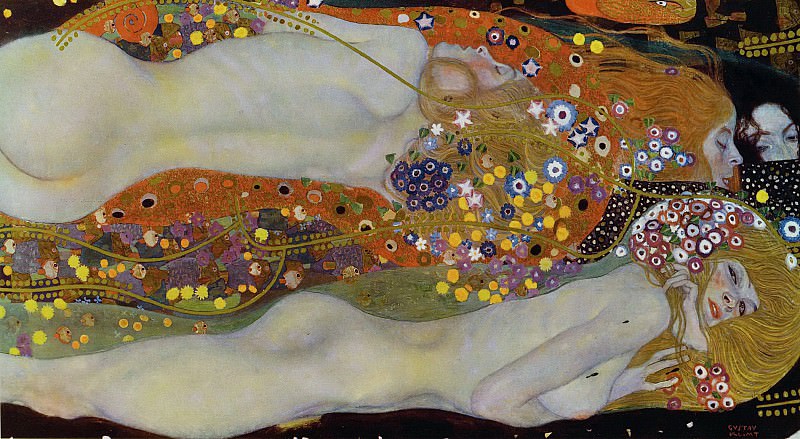Edward Gorey Art: A World of Whimsy and Macabre
Introduction to Edward Gorey
Edward Gorey was an American writer and artist known for his unique and often macabre illustrations. His work has captivated audiences with its dark humor, intricate line work, and gothic sensibilities. Gorey's art is characterized by a whimsical yet unsettling style, blending the whimsical with the eerie, creating a world where the bizarre and the delightful coexist. This article delves into the various aspects of Edward Gorey's art, exploring his influences, techniques, and the themes that define his oeuvre.
Early Life and Influences
Edward St. John Gorey was born on February 22, 1925, in Chicago, Illinois. His early years were marked by a fascination with literature and art. As a child, Gorey was an avid reader, immersing himself in the works of classic authors such as Charles Dickens and Edward Lear. These literary influences would later become evident in his art, which often features Victorian and Edwardian settings and characters.
Gorey's artistic style was also influenced by his formal education. He attended the School of the Art Institute of Chicago and later Harvard University, where he studied French literature. During his time at Harvard, Gorey became involved with the Poets' Theatre, an experience that would shape his theatrical sensibilities and his interest in the visual storytelling aspects of his art.
The Unique Style of Edward Gorey
Gorey's illustrations are immediately recognizable for their distinctive black-and-white pen-and-ink drawings. His meticulous line work and cross-hatching techniques create rich textures and intricate details. This attention to detail gives his illustrations a timeless quality, reminiscent of wood engravings from the 19th century.
One of the hallmarks of Gorey's style is his ability to evoke a sense of atmosphere and mood. His illustrations often depict scenes of quiet, understated drama, with characters that appear both whimsical and slightly sinister. Gorey's use of light and shadow adds depth to his compositions, enhancing the overall sense of mystery and intrigue.
Themes in Gorey's Work
Edward Gorey's art is characterized by a range of recurring themes, many of which explore the darker aspects of human nature and existence. Death, decay, and the macabre are central to his work, often presented with a touch of dark humor. Gorey's characters frequently find themselves in peculiar and perilous situations, navigating a world where the unexpected is commonplace.
Gorey's fascination with the Victorian and Edwardian eras is evident in his choice of settings and costumes. His illustrations often feature characters dressed in period clothing, inhabiting elaborately detailed interiors and landscapes. This historical context adds a layer of nostalgia and timelessness to his work, creating a sense of otherworldliness.
Notable Works and Publications
Throughout his career, Edward Gorey produced an extensive body of work, including more than 100 books and countless illustrations. Some of his most notable works include "The Gashlycrumb Tinies," "The Doubtful Guest," and "The Unstrung Harp."
"The Gashlycrumb Tinies," published in 1963, is perhaps Gorey's most famous work. This darkly humorous alphabet book details the fates of 26 children, each meeting an untimely and often absurd demise. The book's morbid humor and clever wordplay have made it a beloved classic among fans of Gorey's work.
"The Doubtful Guest," first published in 1957, tells the story of a strange and mysterious creature that appears at the home of an unsuspecting family. The guest's odd behavior and the family's bemused reactions highlight Gorey's talent for blending the mundane with the bizarre.
"The Unstrung Harp," also known as "Mr. Earbrass Writes a Novel," offers a satirical look at the writing process. The book's protagonist, Mr. Earbrass, grapples with writer's block and the peculiarities of the creative process, a theme that resonates with many readers and artists.
Gorey's Impact on Popular Culture
Edward Gorey's influence extends beyond the realm of illustration and literature. His distinctive style and themes have left a lasting impact on popular culture, inspiring a wide range of artists, writers, and filmmakers.
In the world of theater, Gorey's visual sensibilities have found a home in numerous stage productions. He designed sets and costumes for several Broadway shows, including the 1977 production of "Dracula," which earned him a Tony Award for Best Costume Design. Gorey's theatrical work showcases his ability to bring his illustrations to life, creating immersive and atmospheric experiences for audiences.
Gorey's influence can also be seen in the world of film and television. Directors such as Tim Burton and Wes Anderson have cited Gorey as an inspiration for their own work, drawing on his dark humor and gothic aesthetic. The animated series "The Addams Family" and the film "Lemony Snicket's A Series of Unfortunate Events" also bear the mark of Gorey's influence, with their quirky characters and macabre themes.
Collecting Gorey's Art
Edward Gorey's art continues to captivate collectors and enthusiasts around the world. His original drawings, prints, and books are highly sought after, often fetching high prices at auctions and galleries. Gorey's work has been the subject of numerous exhibitions, showcasing his talent and enduring appeal.
For collectors, owning a piece of Gorey's art is a way to connect with his unique vision and the whimsical world he created. His illustrations, with their intricate details and timeless quality, offer a glimpse into the mind of an artist who viewed the world through a lens of dark humor and curiosity.
Gorey's Legacy
Edward Gorey passed away on April 15, 2000, leaving behind a rich legacy of art and literature. His work continues to inspire and delight audiences, with new generations discovering the charm and mystery of his illustrations. Gorey's ability to blend whimsy with the macabre has earned him a place in the pantheon of great illustrators, and his influence can be seen in a wide range of artistic and cultural expressions.
Gorey's legacy is also preserved through the Edward Gorey House, a museum located in his former home in Yarmouth Port, Massachusetts. The museum celebrates Gorey's life and work, offering visitors a chance to explore his art and learn more about the man behind the illustrations. The Edward Gorey House hosts exhibitions, events, and educational programs, ensuring that Gorey's unique vision continues to be appreciated and studied.
Conclusion
Edward Gorey's art is a testament to the power of imagination and the enduring appeal of the macabre. His illustrations, with their intricate details and dark humor, invite viewers into a world where the whimsical and the eerie coexist. Gorey's work has left an indelible mark on popular culture, inspiring countless artists and creators to explore the boundaries of storytelling and visual art.
Through his books, illustrations, and theatrical designs, Gorey has created a body of work that transcends time and genre. His legacy lives on in the hearts of his fans and the continued appreciation of his art. Edward Gorey remains a beloved figure in the world of illustration, a master of the macabre whose work continues to enchant and intrigue audiences around the world.

















